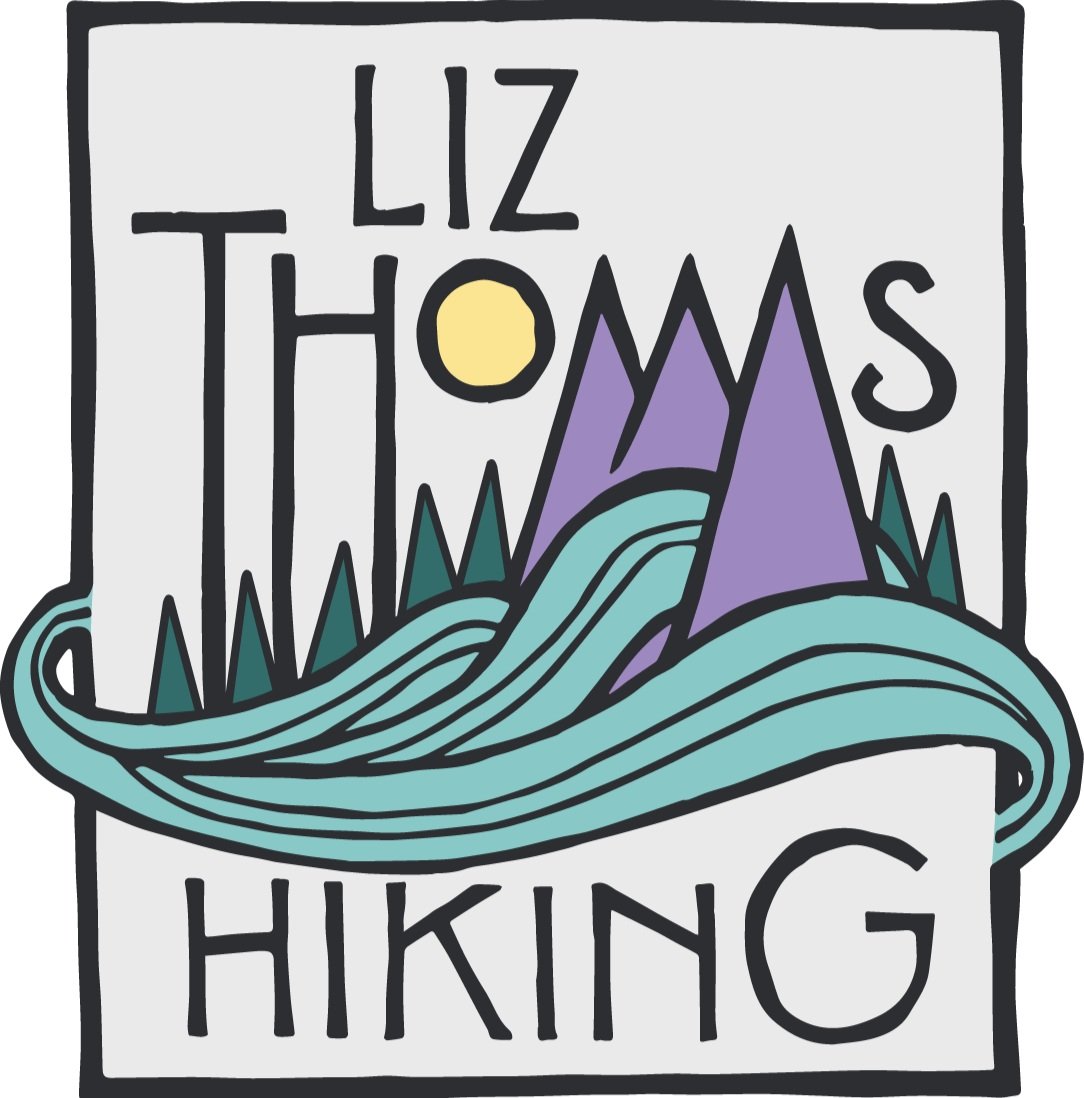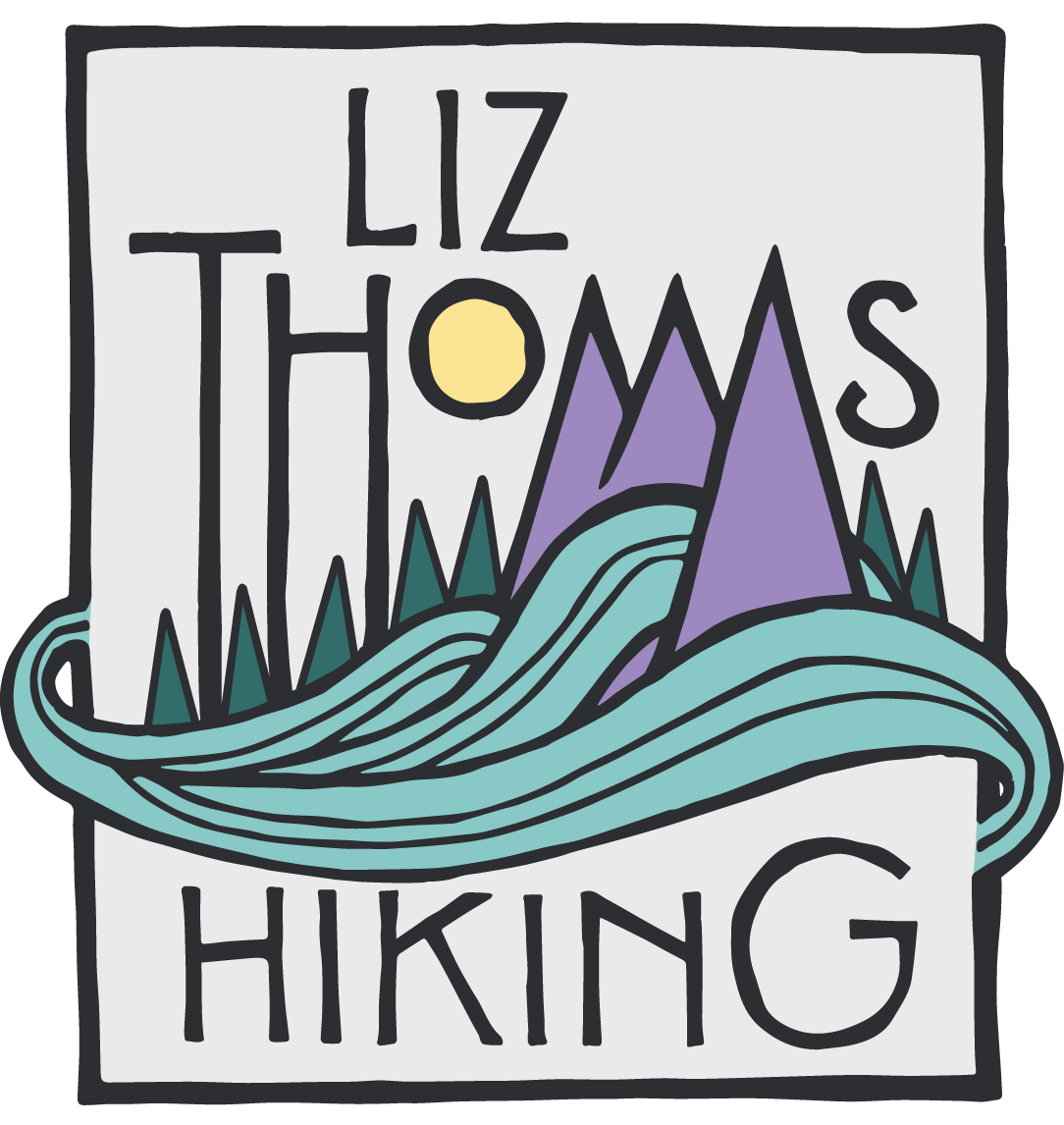Why City Design Matters to Hikers
Urban hikes showcase local art to tourists and locals alike. Photo credit: Gilbert Garcia
There probably aren’t too many people who can say they’ve walked as many miles in LA in as few of days as I have. Moving that quickly through the city has given me a chance to rapidly assess the differences between neighborhoods, differences in the way streets are laid out, and differences in the pedestrian-friendliness of the neighborhoods.
First, it’s a miracle that these public stairways exist. For a pedestrian, hilly, windy streets are difficult to navigate and exhausting to walk up and down (I got lost several times and had to learn this first hand)—but not with stairs! Everyone loves a short cut, especially if it’s got a great scenic view (which many of these stairways do since houses and trees can’t be planted on top of stairs).
Stairs start where the road ends. Photo credit: Gilbert Garcia
Although the stairs were built in the 20s and 30s to connect pedestrians with valley street cars, these artifacts of historical LA remain relevant decades later. The stairs are a great place for a workout. For example, the Adelaide stairs in Santa Monica is training ground for all the most beautiful people in LA (I found it somewhat ironic that I went down those stairs on my thru-hike). Yet, I also saw people training on stairs in less affluent neighborhoods. LA’s public stairways also give communities an outlet to reflect their history and culture through murals, tile work, and gardens that line the steps.
Beautiful LA homes and gardens are best enjoyed at a walker’s pace. Photo credit: Gilbert Garcia
During my walk, the neighborhoods with dedicated pedestrian sidewalks were always where I felt safest from cars (and LA has a lot of cars!). Much to my surprise, sidewalks didn’t always correspond to the wealthier neighborhoods. In the ritzy and otherwise beautiful Rustic Canyon, I was almost struck by a car as I waited for at a bus stop in an area 1) without sidewalks 2) without street lighting 3) on a curve where cars can’t easily see those waiting for buses. Conversely, some neighborhoods like Washington and Highland Park had a merciful small strip of grass (sidewalk median) between the sidewalk and the road. As road runners (vs. trail runners) know well, cement can be tough on the feet, so having a softer area to walk on was immensely important to my continued success. On my first day hiking, I walked 35 miles on mostly cement and ended the day limping from what was approaching a bone bruise. It almost ended my hike prematurely. By day 2, I was walking in areas with grass-lined sidewalks and was much better. My feet loved it when my route wandered through urban wild areas with trails like Griffinth Park and Washington Park. I wish every city could have dirt trail lined sidewalks like Palos Verdes.
Mirrors help pedestrians and cars see around tight corners on windy streets. Photo credit: Gilbert Garcia
The biggest challenge of urban hiking is finding public restrooms. On day 2 of my hike, I squirmed through three neighborhoods sorely in need of a restroom. When I finally found my way to an AMPM, I was astounded to find there was no bathroom for customers. I seriously considered using someone’s lawn. Lacy Park in San Marino was a favorite spot on the hike because I found both a drinking fountain (at the top of one of the stairways!) and a public restroom. The El Sereno Rec Center, although not as upscale as Lacy Park, mercifully bestowed me a port-o-potty. It’s the little things in life that make all the difference.
I like to think of the city as an easier place to find the necessities, like water, than a lot of the wild places I hike. The swanky Flintridge and Pasadena sections of trail were beautiful—but I had to carry half a gallon of water with me because there were no nearby drinking fountains. That’s more water than I ever carried while hiking the 214-mile long John Muir Trail in the Sierra! In some ways, the city is more wild than the wilderness!
Urban navigation can be trickier than trail navigation. I constantly consulted my map to find the stairways. Photo credit: Gilbert Garcia
Long stretches between crosswalks along major streets posed a challenge for me. Sometimes, I would have to go almost half a mile (1 mile there and back) out of my way to get to a safe crossing. Although I define myself as a “rule abider to a fault,” there were many cases where jaywalking was the only way to get where I needed to go without going 20 minutes out of my way. I also noticed some major streets, like Glendale Ave, only had a pedestrian lane on one side of the street—too often not the side I wanted to be on.
Stairwalks can cause hikers to jump for joy. Photo credit: Gilbert Garcia
As a nature-lover, my favorite find along the urban hike were all the plants along the way. Big, shady trees blocked the strong LA sun from hitting me and then reflecting back from the cement. There is nothing quite as exciting as finding a fruit tree while on an urban walk. I snacked on oranges, mulberries, and strawberry tree fruit, all which were great pick-me-ups when all I could find for food was unhealthy gas station faire. Neighbors who live along stairways proudly show off their gardens to urban walkers who travel by their doors. Some kind locals even leave out water jugs for thirsty stair walkers.
Every year, hundreds of LA stair enthusiasts walk the Big Parade, a 40 mile urban stairway hike. Photo credit: Gilbert Garcia
The stairwalking community in LA is passionate about this public resource and I was astounded by the love and pride representatives from each neighborhood show towards “their” stairways. For some locals, it becomes an obsession: more than a few people will spend their weekends searching dead end streets and alleys for a hidden stairway at the end. As an outsider, I can proudly say that even in a place stereotypically unfriendly to the foot traveler, LA is experiencing a pedestrian revolution. At the heart of the love of city walking is these stairways, a relic from past urban designers that continues to be enjoyed even as the city ages.
(This article was originally shared with the employees of the famed urban design/landscape architecture firm, SWA’s Laguna Beach office. It has been modified for this blogpost. )








